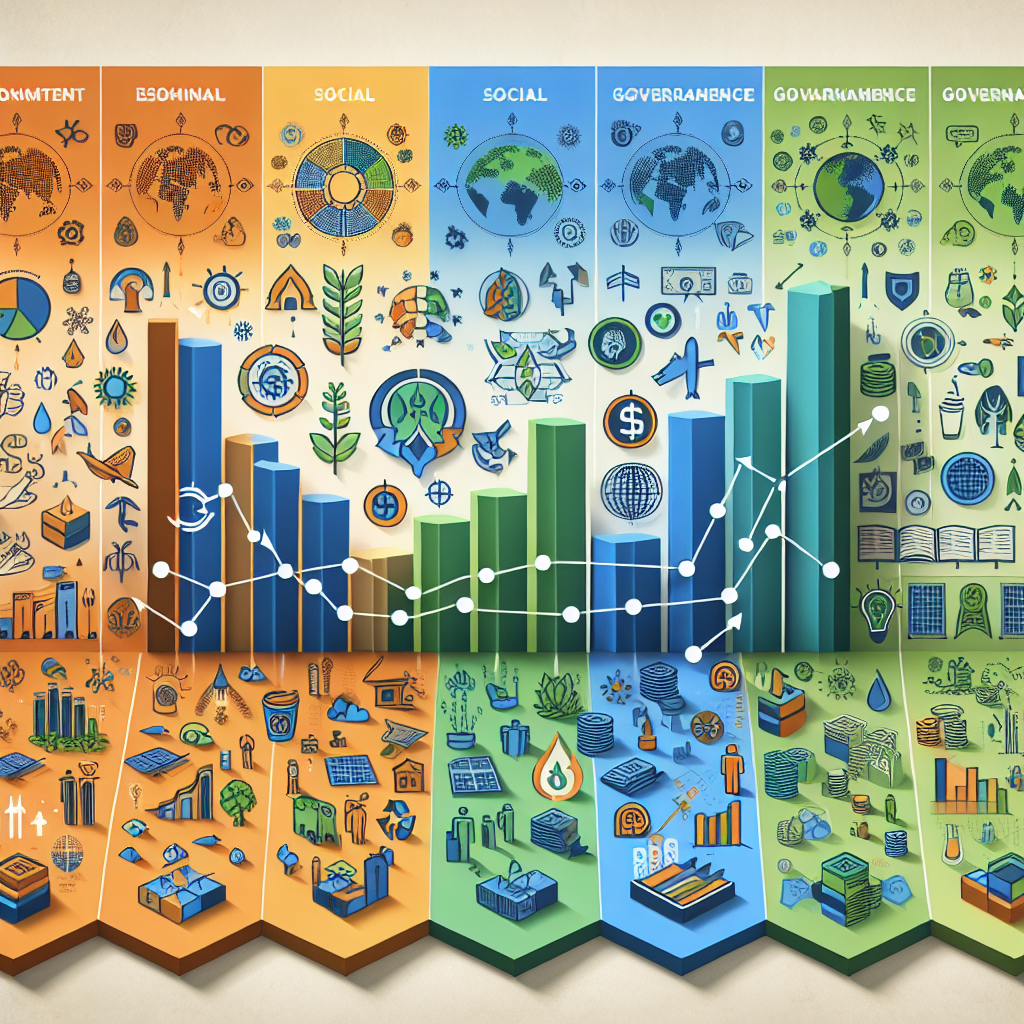
A Guide to Sustainable Investing Strategies
# Sustainable Investing Strategies
With the increasing awareness about the impact of businesses on the environment and society, sustainable investing has gained significant traction among investors looking to generate not just financial returns but also contribute to positive societal outcomes. Sustainable investing involves integrating environmental, social, and governance (ESG) criteria into investment decisions, with the aim of supporting long-term environmental and social sustainability. In this article, we will explore various strategies that investors can adopt to practice sustainable investing effectively.
Understanding Sustainable Investing
Sustainable investing is a strategy that seeks to consider both financial return and social/environmental good to bring about social change regarded as positive by proponents. It is often synonymous with socially responsible investing (SRI), ESG investing, green investing, and ethical investing. At its core, sustainable investing aims to support companies that are actively contributing to sustainable solutions in areas such as renewable energy, water management, and fair labor practices.
Setting Your Sustainable Investment Goals
Before delving into sustainable investing, it’s crucial to define what sustainability means to you. ESG criteria can vary widely among different investors. Determining your priorities—whether they lie in environmental sustainability, social responsibility, ethical governance, or a combination of these areas—will guide your investment decisions and strategies.
Identify Your Priorities
Evaluate which ESG aspects are most important to you. Is it reducing carbon footprint, promoting diversity and inclusion, or supporting ethical governance practices? Your investment decisions will align with these priorities.
Set Measurable Goals
Define what success looks like for your sustainable investments. This could range from achieving a certain rate of return to supporting specific ESG outcomes, such as contributing to the development of renewable energy projects.
Selecting Sustainable Investment Options
Once you’ve outlined your sustainable investing goals, the next step is to explore the various investment options that align with your criteria.
ESG Funds
ESG funds are mutual funds or exchange-traded funds (ETFs) that invest in companies with strong ESG practices. These funds are managed by professionals who assess potential investments through rigorous ESG criteria.
Impact Investments
Impact investing focuses on generating positive, measurable social and environmental impact alongside a financial return. Impact investments are often made directly into companies, organizations, and funds working in areas such as renewable energy, affordable housing, and healthcare.
Green Bonds
Green bonds are fixed-income securities that raise capital for projects with environmental benefits, such as climate change mitigation and natural resource conservation. These provide an opportunity to invest in sustainable projects while receiving regular interest payments.
Diligence and Monitoring
Sustainable investing requires ongoing diligence and monitoring to ensure that your investments continue to align with your sustainability goals and are performing as expected.
Perform Due Diligence
Conduct thorough research into potential investments to understand their ESG practices and performance. This includes reviewing sustainability reports and ESG ratings from reputable agencies.
Monitor Investments Regularly
Regularly review your portfolio to assess whether your investments are meeting both your financial and sustainability targets. This may involve rebalancing your portfolio or divesting from positions that no longer meet your criteria.
Conclusion
Sustainable investing is a dynamic and evolving approach that requires investors to be proactive, informed, and strategic in their decisions. By setting clear sustainability goals, selecting appropriate investment options, and conducting diligent monitoring, investors can contribute to a more sustainable and equitable world while also seeking to achieve their financial objectives. Remember, sustainable investing not only reflects a commitment to social and environmental responsibility but can also offer competitive returns by investing in the future of our planet and society.